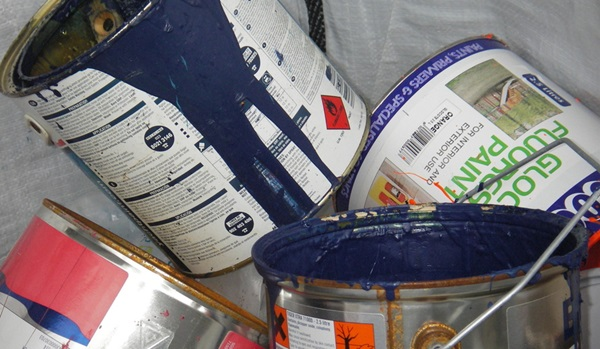
Published on: 12 October 2023

As the boating season draws to an end in the United Kingdom and thoughts turn to the haul out season, professional antifouling service providers must ensure they are preventing release to the marine environment from washdown, scrubbing and antifouling paint application in boatyards and marinas. This is a legal requirement under the Environmental Permitting Regulations 2016.
There has been a long tradition for boat owners to paint their own vessels, and in today’s health and safety conscious society, it is important they know that antifouling paints are being used properly, with appropriate Personal Protective Equipment (PPE). The aim should be to inform and educate boat owners with regard to the hazards associated with antifouling their boats. More information for end users can be found here.
Antifouling paints have significant environmental benefits such as improving fuel efficiency and preventing the spread of invasive non-native species. However, if handled incorrectly they can cause problems for aquatic life. To prevent this, emissions of washings from boatyards and marinas, particularly antifoul washings, should be prevented. British Marine has recently become aware of increased activity from the Environment Agency regarding compliance checks on smaller yards to review their ability to capture and dispose of run-off from antifoul washings.
Antifouling wastes must be treated as hazardous waste and disposed of through an appropriate licensed waste handler.
For further information please click here or follow this link to the British Coating Federations website Protect, Collect, Dispose

